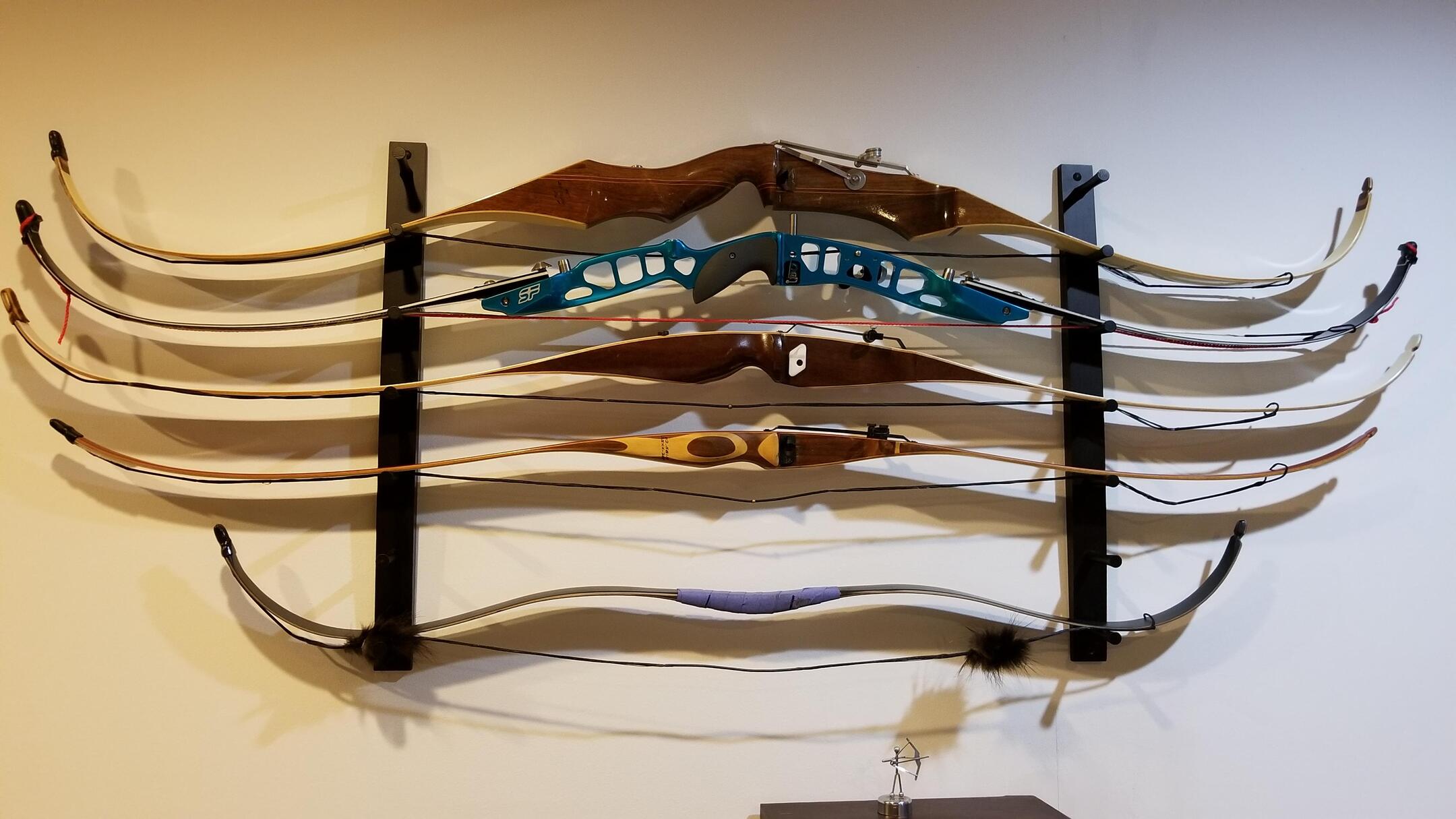

Articles
How To Store Bow
Modified: January 6, 2024
Looking for tips on how to store bow articles? Discover effective methods and organization ideas to keep your articles safely stored in this helpful guide.
(Many of the links in this article redirect to a specific reviewed product. Your purchase of these products through affiliate links helps to generate commission for Storables.com, at no extra cost. Learn more)
Introduction
Welcome to our comprehensive guide on how to store your bow. Whether you are an avid archer or a beginner, proper bow storage is essential to maintaining its longevity and performance. By taking the time to store your bow correctly, you can ensure that it remains in optimal condition and ready for use whenever you need it.
In this article, we will provide you with a step-by-step guide on how to store your bow effectively. From choosing the right storage space to properly packing and maintaining your bow, we will cover all the necessary information to keep your bow safe and secure.
But first, let’s discuss why proper bow storage is so important. Your bow is a precision instrument that requires careful handling and storage to prevent any damage or loss of functionality. Exposure to extreme temperatures, humidity, dust, or accidental impact can affect its performance, accuracy, and even its structural integrity.
By following the guidelines and recommendations in this article, you can ensure that your bow remains in peak condition, ready for your next archery adventure. Let’s get started by choosing the right storage space.
Key Takeaways:
- Proper bow storage is essential for maintaining longevity and performance. Choose the right storage space, clean and prepare your bow, and select a suitable case or bag for effective storage.
- Regular maintenance and inspections are crucial for preserving your bow’s condition. Clean, inspect, and maintain your bow to ensure it remains in top shape, ready for your next archery adventure.
Read more: How To Store Hair Bows
Choosing the Right Storage Space
When it comes to storing your bow, selecting the right storage space is crucial. Ideally, you want a location that provides a stable environment, free from extreme temperatures, humidity, and direct sunlight. Here are some factors to consider when choosing an appropriate storage space:
- Temperature Control: Extreme temperatures can damage your bow by causing warping, delamination, or weakening of the limbs. It is best to store your bow in a location with stable temperatures, ideally between 50°F (10°C) and 70°F (21°C).
- Humidity Levels: High humidity can lead to rusting of metal components and swelling of wooden parts, while low humidity can cause drying and cracking. Aim for a humidity level between 40% and 50% to ensure optimal conditions for your bow.
- Avoid Direct Sunlight: Prolonged exposure to sunlight can fade the color of your bow and weaken the materials. Store your bow in a place where it is shielded from direct sunlight.
- Adequate Space: Your storage space should have enough room to comfortably accommodate your bow and any associated equipment, such as arrows, releases, or quivers. Avoid overcrowding, as this can increase the risk of accidental damage.
- Security: Choose a location that is secure and protected from potential theft or unauthorized access. You can consider using lockable cabinets, safes, or dedicated archery storage lockers for added security.
Some suitable storage spaces for your bow can include a dedicated archery room, a well-ventilated closet, or a secure corner in your home or garage. It is important to ensure that the space remains clean and free from dust and debris, as these can affect the performance of your bow over time.
Once you have identified an appropriate storage space, the next step is to clean and prepare your bow before storing it. Read on to learn how to properly clean and prepare your bow for storage.
Cleaning and Preparing Your Bow
Before you store your bow, it is important to clean and prepare it properly. This helps remove dirt, debris, and any moisture that may have accumulated, ensuring that your bow is in pristine condition for storage. Here are the steps to clean and prepare your bow:
- Inspect for Damage: Start by carefully inspecting your bow for any signs of damage or wear. Look for cracks, dents, or loose parts that may need repair before storing. If you notice any issues, it is best to address them before proceeding.
- Remove Dirt and Debris: Use a soft, lint-free cloth to gently wipe down your bow, removing any dirt and debris. Pay attention to areas that are prone to collecting dust and grime, such as the limbs, riser, and cams. Avoid using harsh chemicals or abrasive materials that can scratch the surface of your bow.
- Clean the Strings and Cables: Carefully clean the strings and cables of your bow using a bowstring cleaner or a mild soap solution. This helps remove any dirt or residue that may have built up, ensuring smooth operation and prolonging the lifespan of your strings. Be sure to follow the manufacturer’s recommendations for cleaning and maintenance.
- Dry Thoroughly: After cleaning, allow your bow to air dry completely before proceeding with storage. Ensure that there is no moisture left on the surface or in any crevices. Moisture can lead to corrosion or damage to the bow’s components over time.
- Apply Bow Wax (if applicable): If your bow has a wooden riser or limbs, consider applying a thin layer of bow wax to protect and nourish the wood. This not only helps maintain the appearance of your bow but also adds an extra layer of protection against moisture and environmental elements.
By taking the time to clean and prepare your bow, you are ensuring its longevity and performance. Once your bow is clean and dry, you can proceed with the next step, which is disassembling your bow (if applicable).
Disassembling Your Bow (if applicable)
Disassembling your bow is an important step, especially if you have a takedown or compound bow. By disassembling the various components, you can reduce the risk of damage during storage and make the overall storage process more convenient. Here’s how to disassemble your bow:
- Takedown Bows: If you have a takedown bow, start by loosening the limb bolts or screws using the appropriate Allen wrench. Gently remove the limbs from the riser and place them in a secure location. Make sure to keep track of any limb alignment marks so you can reassemble the bow correctly later on.
- Compound Bows: For compound bows, begin by releasing the tension on the bowstring by turning the limb bolts counterclockwise. This will decrease the draw weight and allow for easier disassembly. Next, detach the bowstring from the cams or wheels by removing it from the string loop. Finally, carefully remove the bowstring and cables from the cam tracks.
- Secure Loose Components: Once you have disassembled the bow, make sure to secure any loose components, such as bolts, screws, or small accessories. Consider placing them in a small bag or pouch and attaching it to the bow or storing it in the same container for easy access when you need to reassemble the bow.
Disassembling your bow not only makes it more compact for storage but also reduces the risk of accidental damage to delicate parts. However, if you have a one-piece recurve bow or a traditional bow, you do not need to disassemble it. You can continue with the next step, which is choosing the right bow case or bag for storage.
Choosing the Right Bow Case or Bag
Once you have cleaned, prepared, and potentially disassembled your bow, it’s time to choose the right bow case or bag for storage. Properly storing your bow in a case or bag helps protect it from external elements, such as dust, humidity, and accidental impacts. Here are some factors to consider when selecting a bow case or bag:
- Type of Bow: Consider the type and size of your bow when choosing a case or bag. There are specific cases designed for recurve bows, compound bows, and takedown bows. Make sure the dimensions of the case are suitable for your bow’s length, brace height, and axle-to-axle measurement.
- Padding and Protection: Look for a case or bag with adequate padding and protection. Your bow should be secure within the case, without any excessive movement or potential for damage. Foam inserts, adjustable straps, and rugged exteriors can provide the necessary cushioning and protection for your bow.
- Additional Storage Space: Consider whether you need additional compartments or pockets for storing accessories, such as arrows, releases, or arm guards. Having separate compartments can help keep your gear organized and prevent them from rubbing against or scratching your bow during storage.
- Portability: If you often travel with your bow, consider the portability and convenience of the case or bag. Look for features such as comfortable handles, shoulder straps, or wheels that make transporting your bow easier, especially if you need to navigate through airports or rugged terrain.
- Security Features: Depending on your needs, you may want a case or bag with additional security features. Lockable zippers or integrated locks can provide an extra layer of protection, preventing unauthorized access to your bow.
Take the time to research different brands and models, read customer reviews, and consider your specific requirements before making a decision. Choosing the right bow case or bag is an investment in protecting your bow and ensuring its longevity.
Once you have selected the appropriate case or bag, the next step is to properly pack your bow for storage. Read on to learn how to pack your bow effectively.
Store your bow in a cool, dry place to prevent warping or damage. Avoid extreme temperatures and humidity, and consider using a bow case or bag for added protection during storage.
Read more: How To Store Bows And Headbands
Properly Packing Your Bow
Properly packing your bow is essential for ensuring its safety and maintaining its condition during storage. Whether you are using a bow case or bag, here are the steps to follow when packing your bow:
- Reassemble (if applicable): If you disassembled your bow, reassemble it following the manufacturer’s instructions. Ensure that all components are securely fastened and aligned properly. Double-check that any limb alignment marks are matched for accurate assembly.
- String Protection: To protect the bowstring, consider placing a soft cloth or string sock over it. This helps prevent any unwanted abrasion or tangling with other items during storage. Make sure the cloth or string sock covers the entire length of the bowstring.
- Padding: Before placing your bow in the case or bag, add additional padding for extra protection. This can be in the form of foam inserts, bubble wrap, or soft towels. Pay attention to areas such as the limb pockets and cam/wheel areas, which may require more padding to prevent any potential damage.
- Bow Placement: Carefully place your bow inside the case or bag, ensuring that it is centered and secure. Avoid any unnecessary movement or shifting of the bow. If using a case with adjustable straps or compartments, make sure to tighten them appropriately to hold the bow firmly in place.
- Accessory Placement: If your case or bag has additional compartments, use them to store your accessories, such as arrows, releases, or arm guards. Make sure these items are properly secured and separated from the bow to avoid any potential scratching or damage.
Once your bow is properly packed, close the case or bag, double-checking that all zippers, straps, or latches are secure. Give the case or bag a gentle shake to ensure that nothing moves or rattles inside. This ensures that your bow will remain protected and well-preserved during storage.
Now that your bow is packed and ready, it’s time to find a suitable location to store it securely. Let’s discuss the next step: storing your bow in a safe and secure location.
Storing Your Bow in a Safe and Secure Location
Choosing the right storage location for your bow is crucial to ensure its safety and longevity. Here are some key considerations when storing your bow:
- Avoid Extreme Conditions: Keep your bow away from extreme temperature and humidity fluctuations. Exposure to high heat or cold can damage the materials, while excessive moisture can lead to rust or corrosion. Find a storage location with stable temperature and humidity levels, ideally between 50°F (10°C) and 70°F (21°C) and 40% to 50% humidity.
- Dust-Free Environment: Dust and debris can accumulate on your bow, affecting its performance and appearance. Store your bow in a clean and dust-free area, away from any construction or high-traffic zones where dust particles may be more prevalent. Consider using a bow sock or cover to provide an additional layer of protection against dust.
- Safe and Secure: Choose a storage location that is secure and inaccessible to children or unauthorized individuals. If possible, store your bow in a lockable cabinet, safe, or dedicated archery storage locker. This provides an extra layer of protection against theft or accidental damage.
- Proper Bow Positioning: When storing your bow, avoid placing it in positions that could lead to stress or strain on the limbs or other components. Lay your bow flat or vertically upright, ensuring that it is not leaning against any objects that could cause it to bend or deform over time.
- Avoid Sunlight Exposure: Prolonged exposure to direct sunlight can fade the color of your bow and weaken its materials. Store your bow in a location where it is shielded from direct sunlight. If windows are present in the storage area, consider using curtains or blinds to provide additional protection.
Remember to periodically check on your stored bow to ensure that it remains in optimal condition. Regular inspections allow you to identify any potential issues, such as loosened screws or string wear, before they escalate into major problems.
By following these guidelines, you can ensure that your bow is stored in a safe and secure manner, protecting its value and functionality. Regular maintenance and inspections are also essential for keeping your bow in top shape, which we will discuss in the next section.
Regular Maintenance and Inspections
Regular maintenance and inspections are essential for keeping your bow in optimal condition, even when it’s in storage. Here are some key maintenance practices to follow:
- Cleaning: Even when in storage, it’s a good idea to periodically clean your bow to remove any dust, dirt, or residue that may have accumulated. Use a soft, lint-free cloth or a bowstring cleaner to gently wipe down the surfaces. Pay attention to the strings, cables, limbs, and cams, as these areas can attract more dirt and debris.
- String Maintenance: Inspect the bowstrings and cables for wear, fraying, or any signs of damage. If you notice any issues, it is best to consult with a professional bow technician. Waxing the bowstrings regularly can help maintain their performance and extend their lifespan. Follow the manufacturer’s guidelines for the type and frequency of waxing required.
- Inspect Limbs and Components: Regularly inspect the limbs, riser, cams, and other components of your bow for any signs of damage, movement, or wear. Check for cracks, loose screws, or other potential issues that may affect the bow’s performance. If you notice any problems, it is advisable to seek professional assistance for repair or adjustment.
- Check Accessories: Inspect any accessories, such as sights, stabilizers, or arrow rests, for proper positioning and functionality. Tighten any loose screws or bolts and ensure that the adjustments are correct. If adjustments are needed, consult the manufacturer’s instructions or seek guidance from a professional archery shop.
- String Tension: Check the string tension periodically to ensure it is within the recommended specifications for your bow. Over time, bowstrings can stretch, resulting in reduced performance and accuracy. Consult the manufacturer’s guidelines or seek assistance from a bow technician for proper string tension adjustments.
Regular maintenance and inspections help you identify any potential issues early on and prevent them from escalating into major problems. By taking a proactive approach to bow care, your stored bow will be in top condition and ready for use whenever you decide to take it out.
Now that you have learned about regular maintenance and inspections, it’s time to wrap up this comprehensive guide on storing your bow.
Conclusion
Properly storing your bow is crucial for maintaining its longevity and performance. By following the steps outlined in this guide, you can ensure that your bow remains in optimal condition, ready for your next archery adventure.
Start by choosing the right storage space—one that provides a stable environment free from extreme temperatures, humidity, and direct sunlight. Clean and prepare your bow, paying attention to detail to remove any dirt, debris, or moisture. If applicable, disassemble your bow to reduce the risk of damage during storage and make the process more convenient.
Select a suitable bow case or bag that offers adequate padding, protection, and additional storage space for your accessories. Properly pack your bow, ensuring it is secure and cushioned within the case or bag. Find a safe and secure location to store your bow, away from extreme conditions and potential hazards.
Additionally, remember to perform regular maintenance and inspections, including cleaning, string maintenance, limb and component checks, and inspections of accessories. This proactive approach ensures that your bow remains in top shape even during storage.
By taking the time to follow these guidelines, you can preserve the performance and lifespan of your bow. Whether you are a competitive archer or a recreational enthusiast, a well-preserved bow will provide you with consistent accuracy and enjoyment for years to come.
Now that you have all the necessary information, it’s time to implement these storage techniques and keep your bow safe and secure. Happy archery and happy storing!
Frequently Asked Questions about How To Store Bow
Was this page helpful?
At Storables.com, we guarantee accurate and reliable information. Our content, validated by Expert Board Contributors, is crafted following stringent Editorial Policies. We're committed to providing you with well-researched, expert-backed insights for all your informational needs.
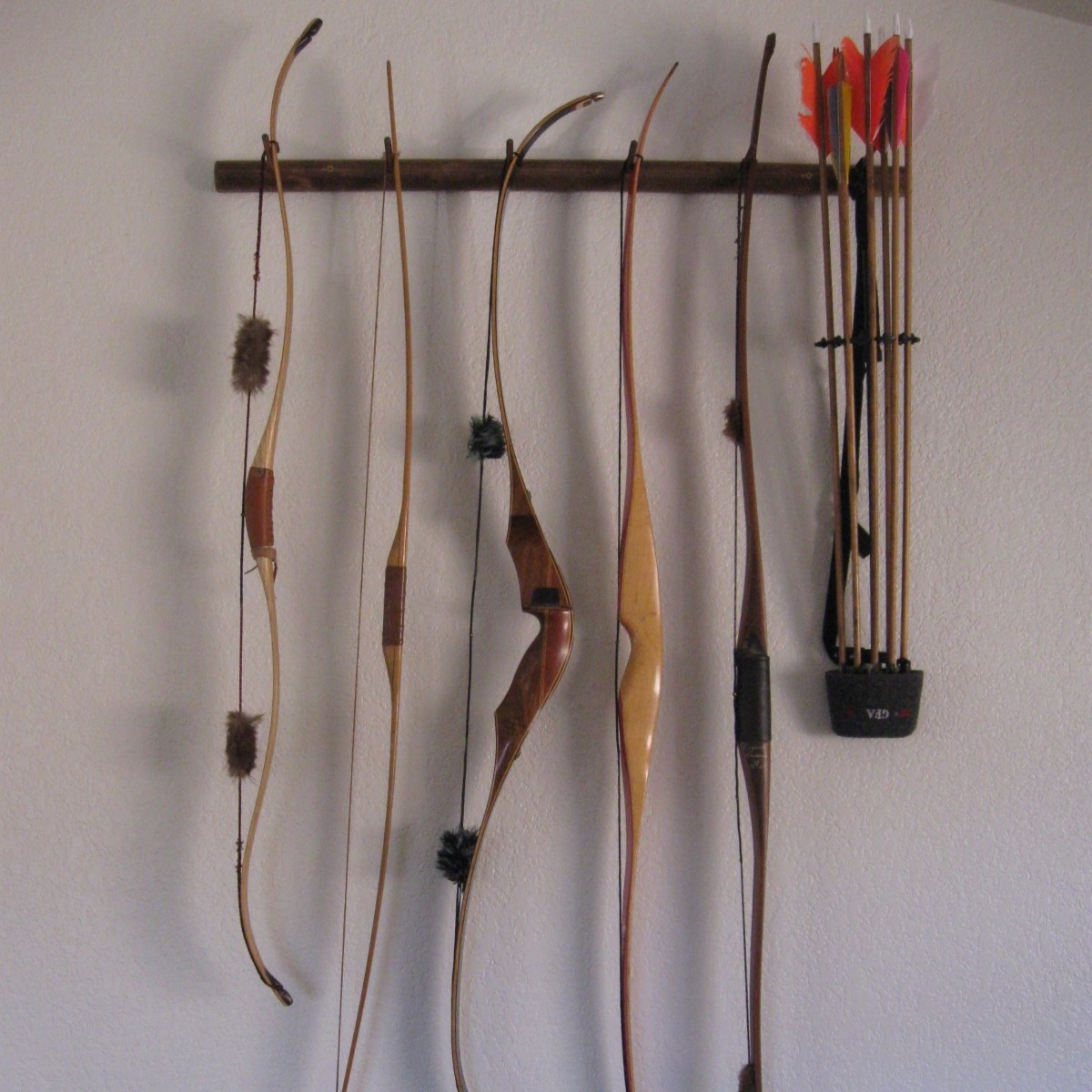

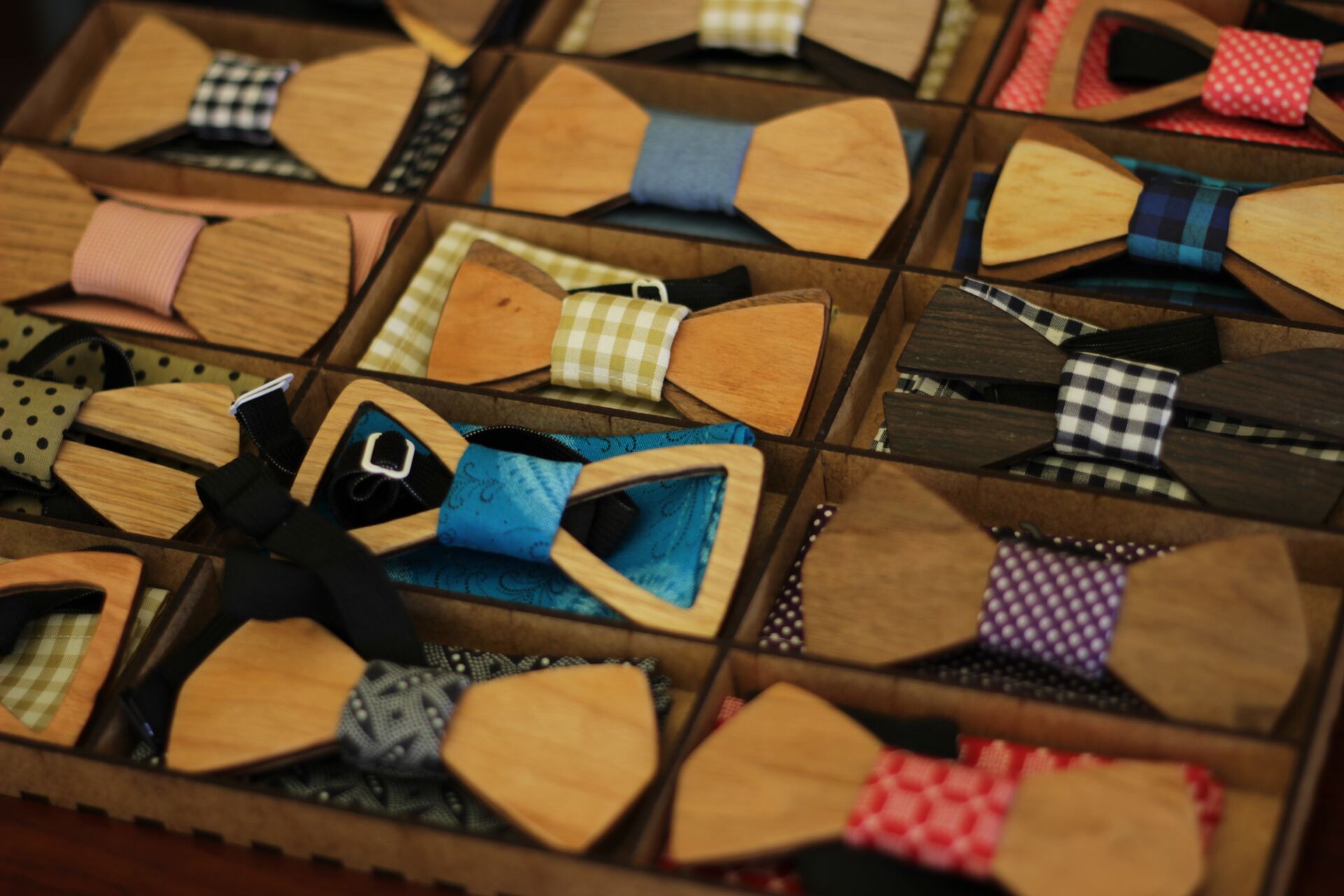

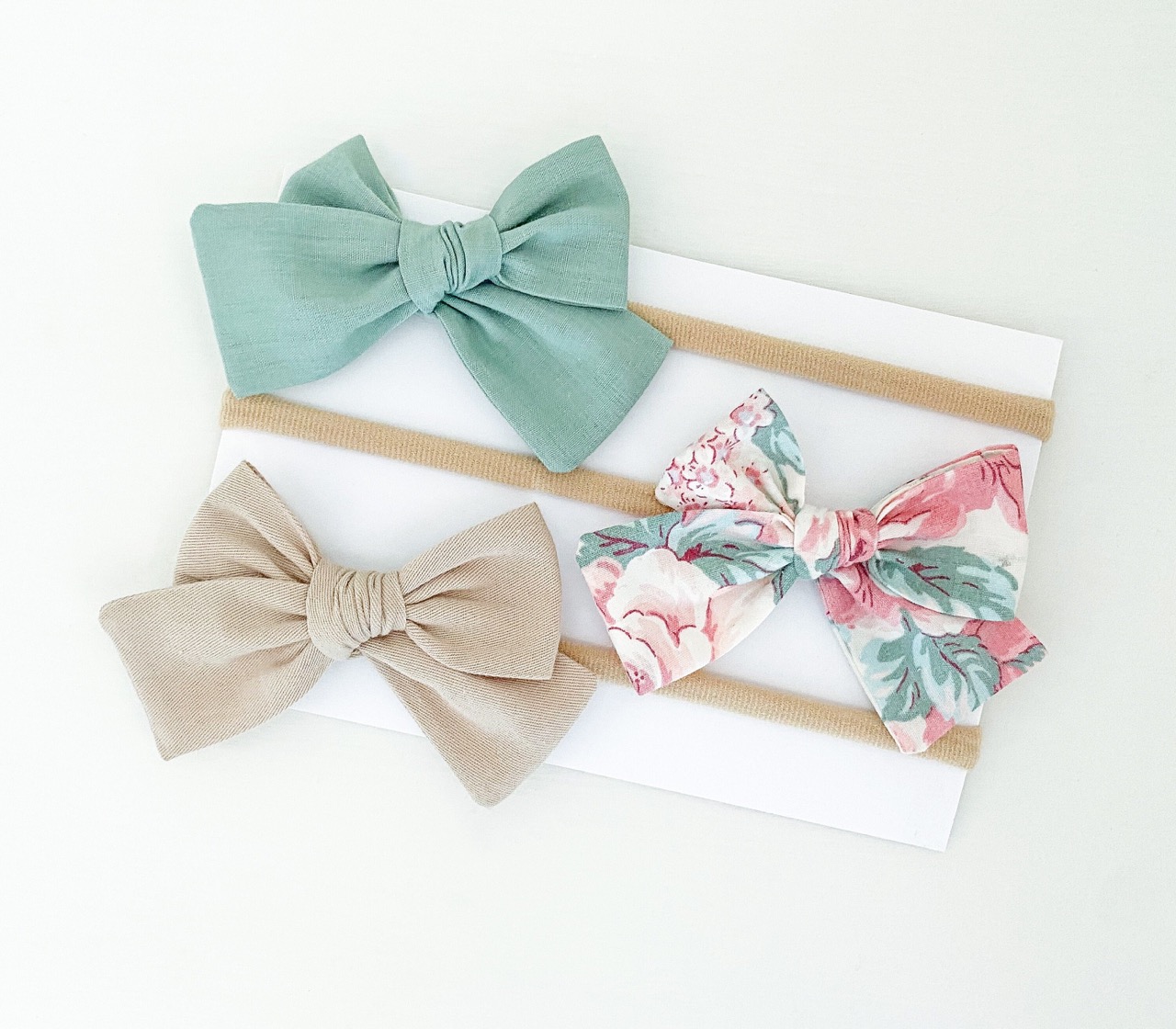
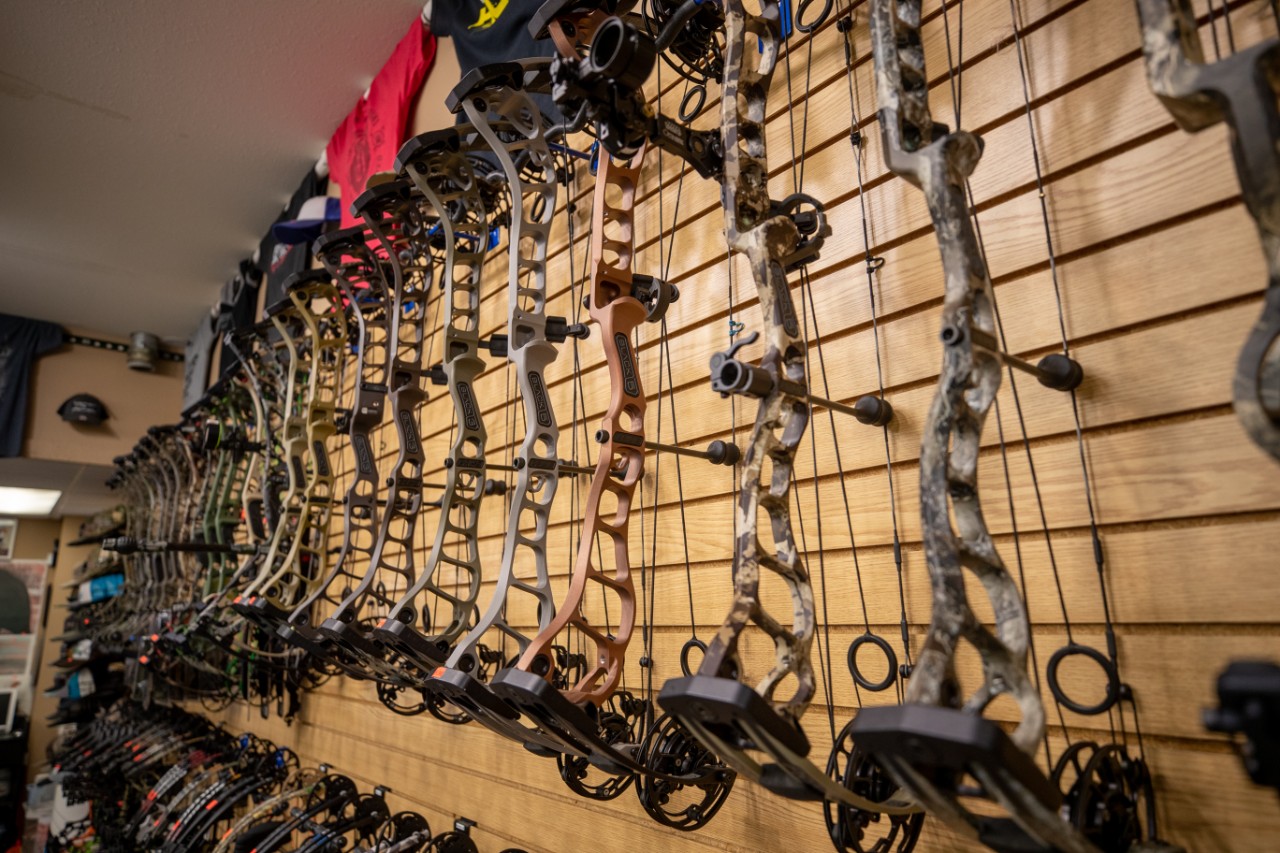
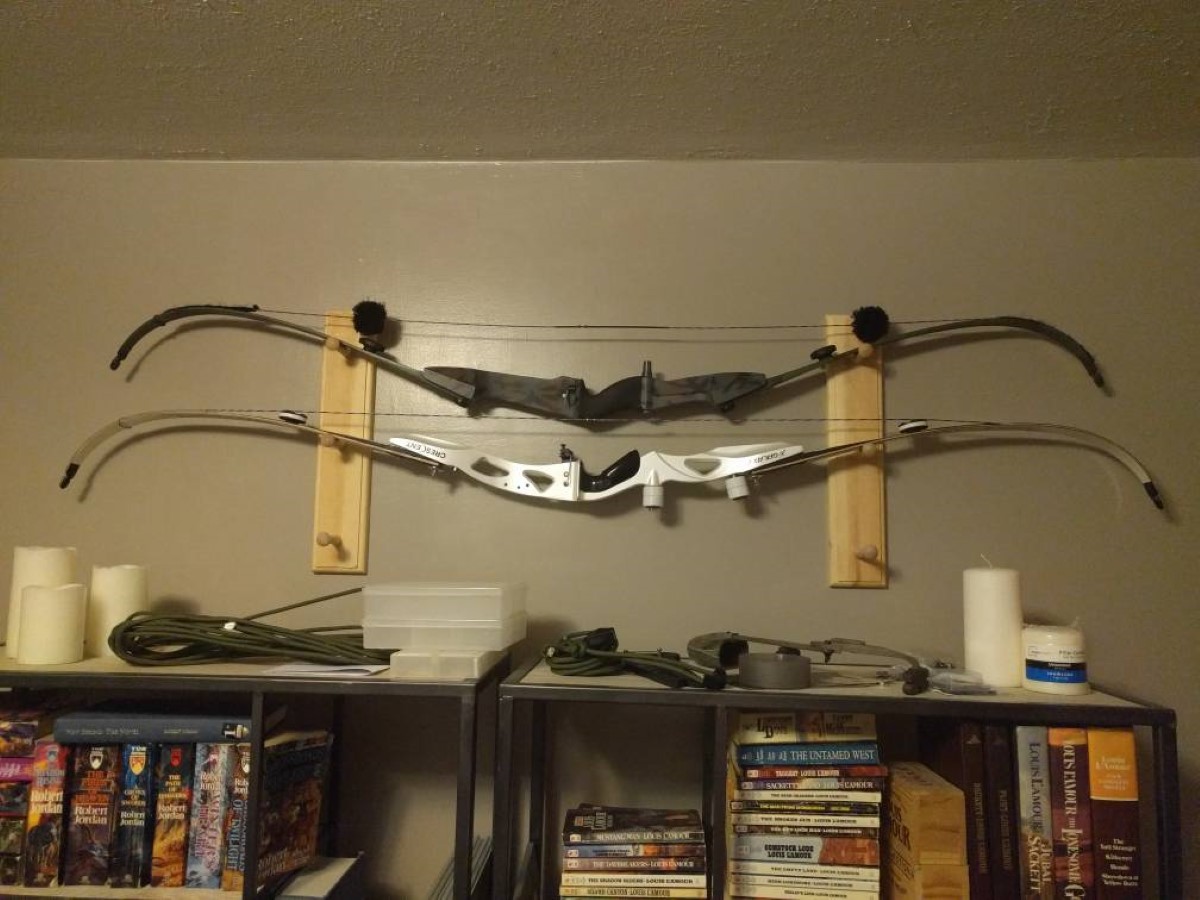

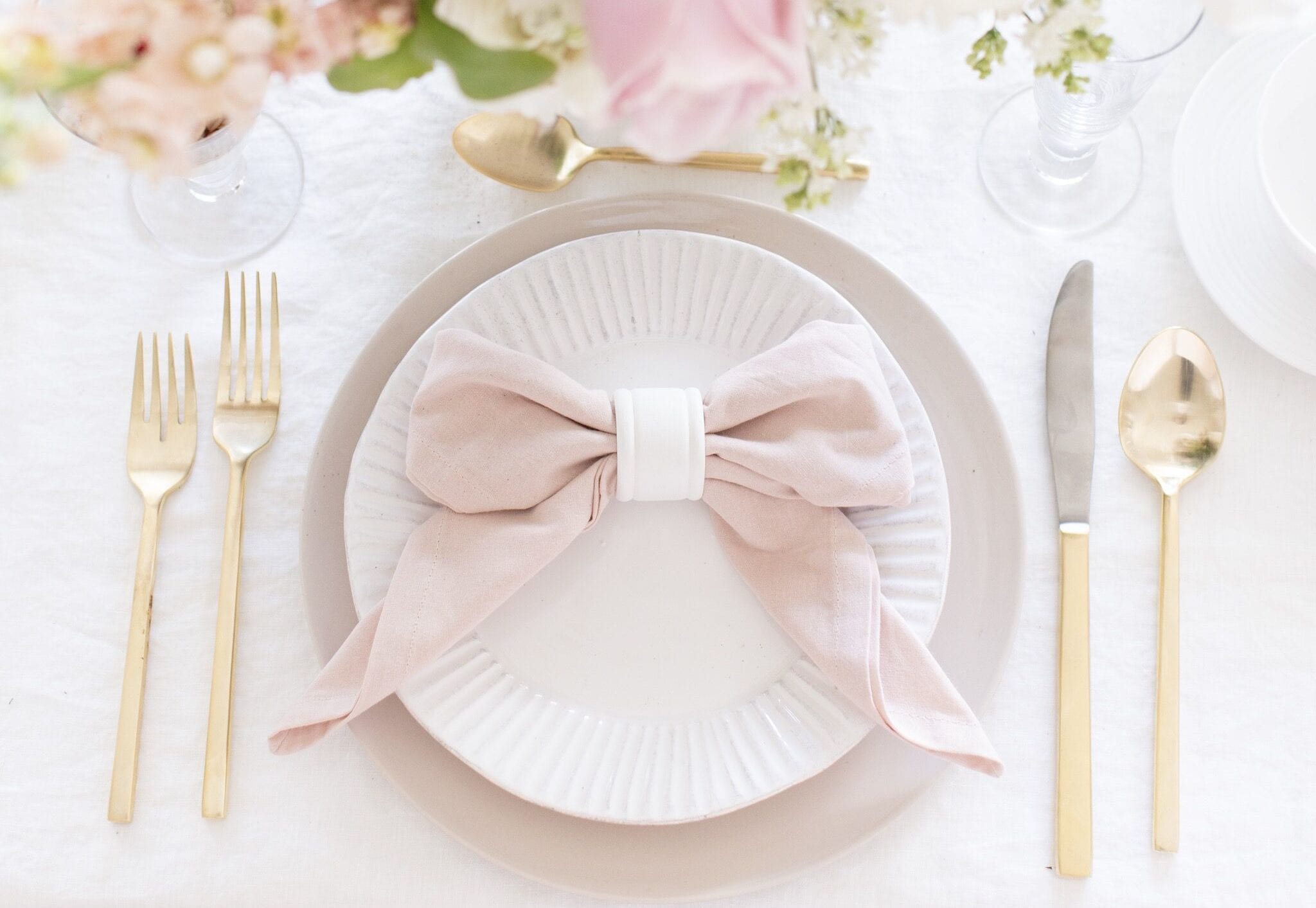
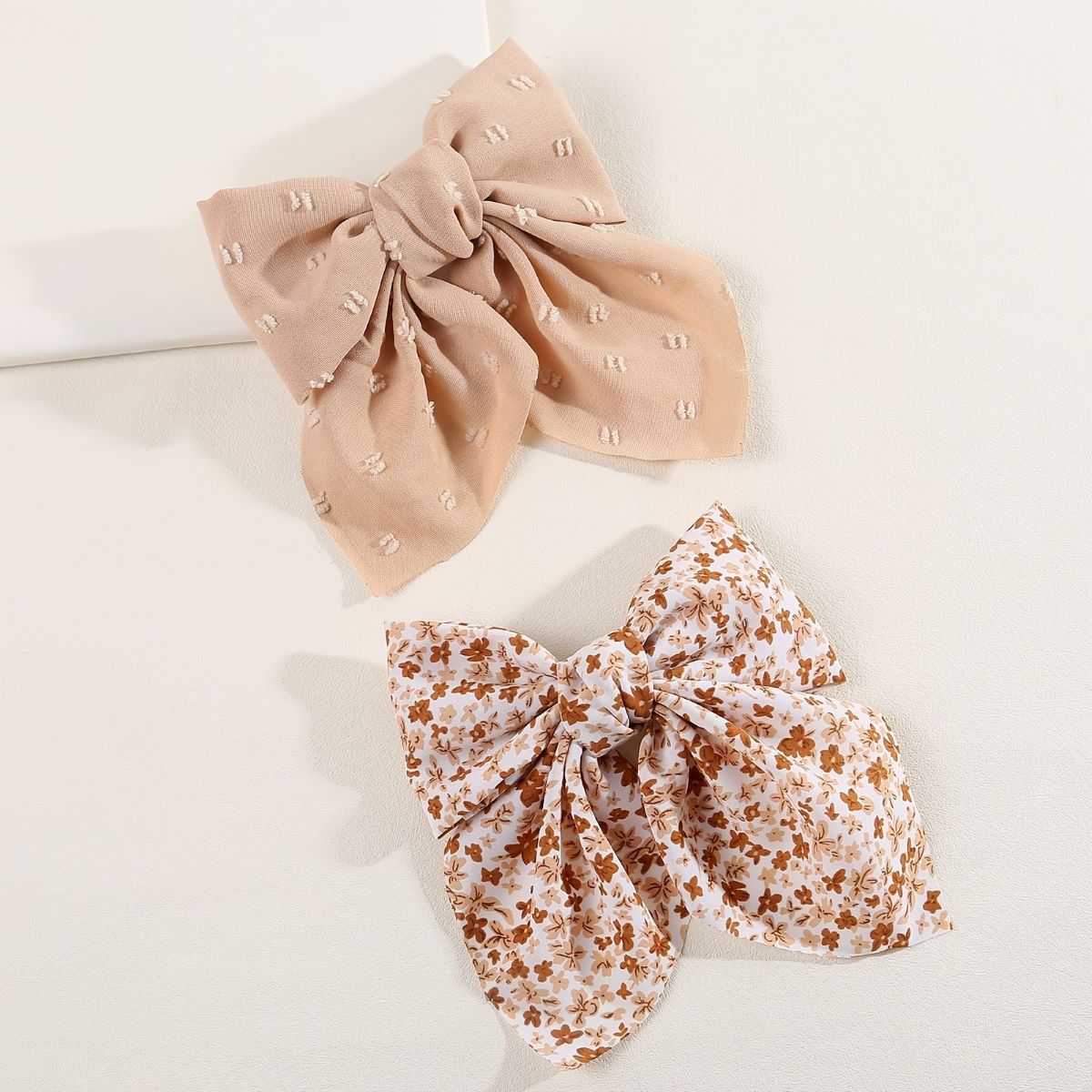
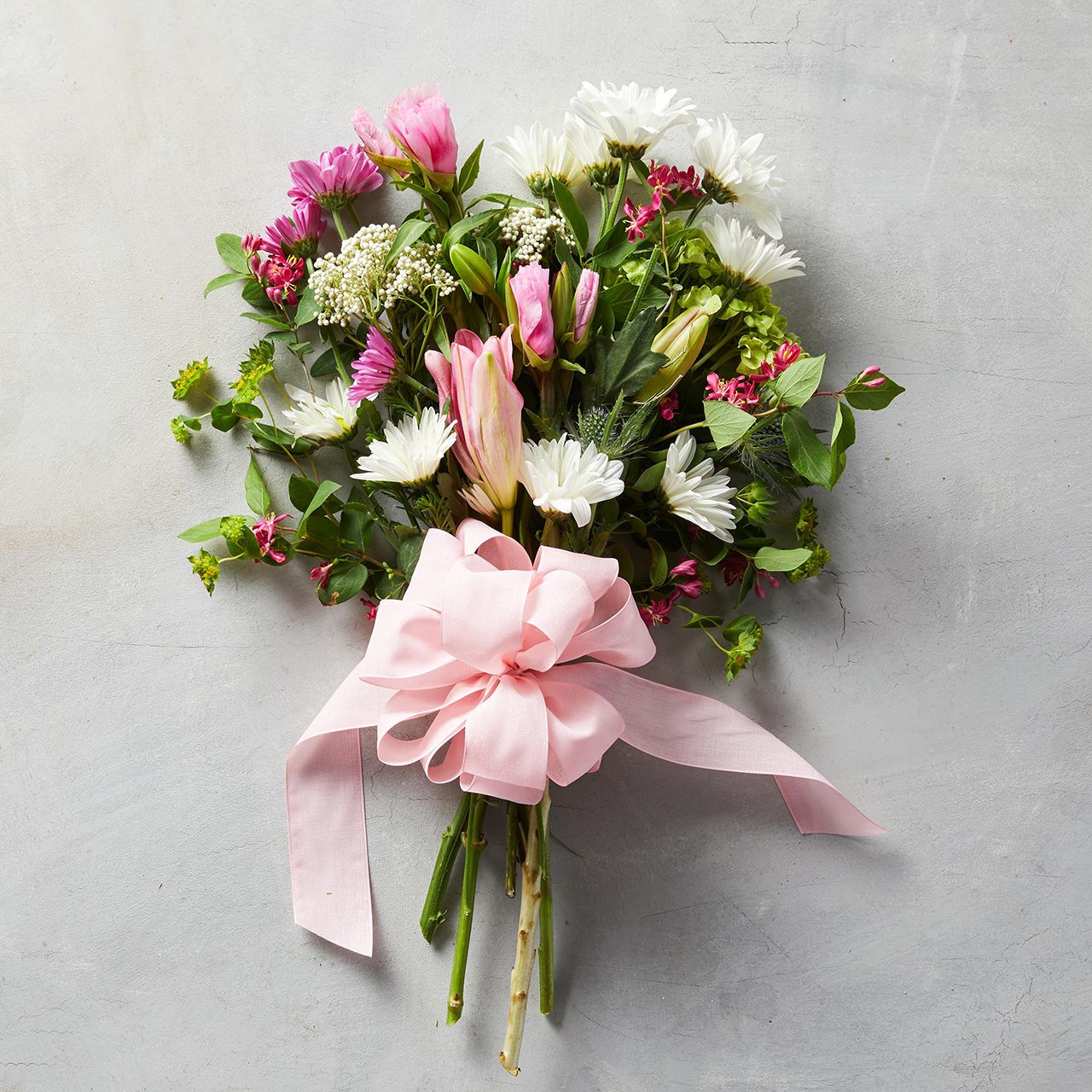
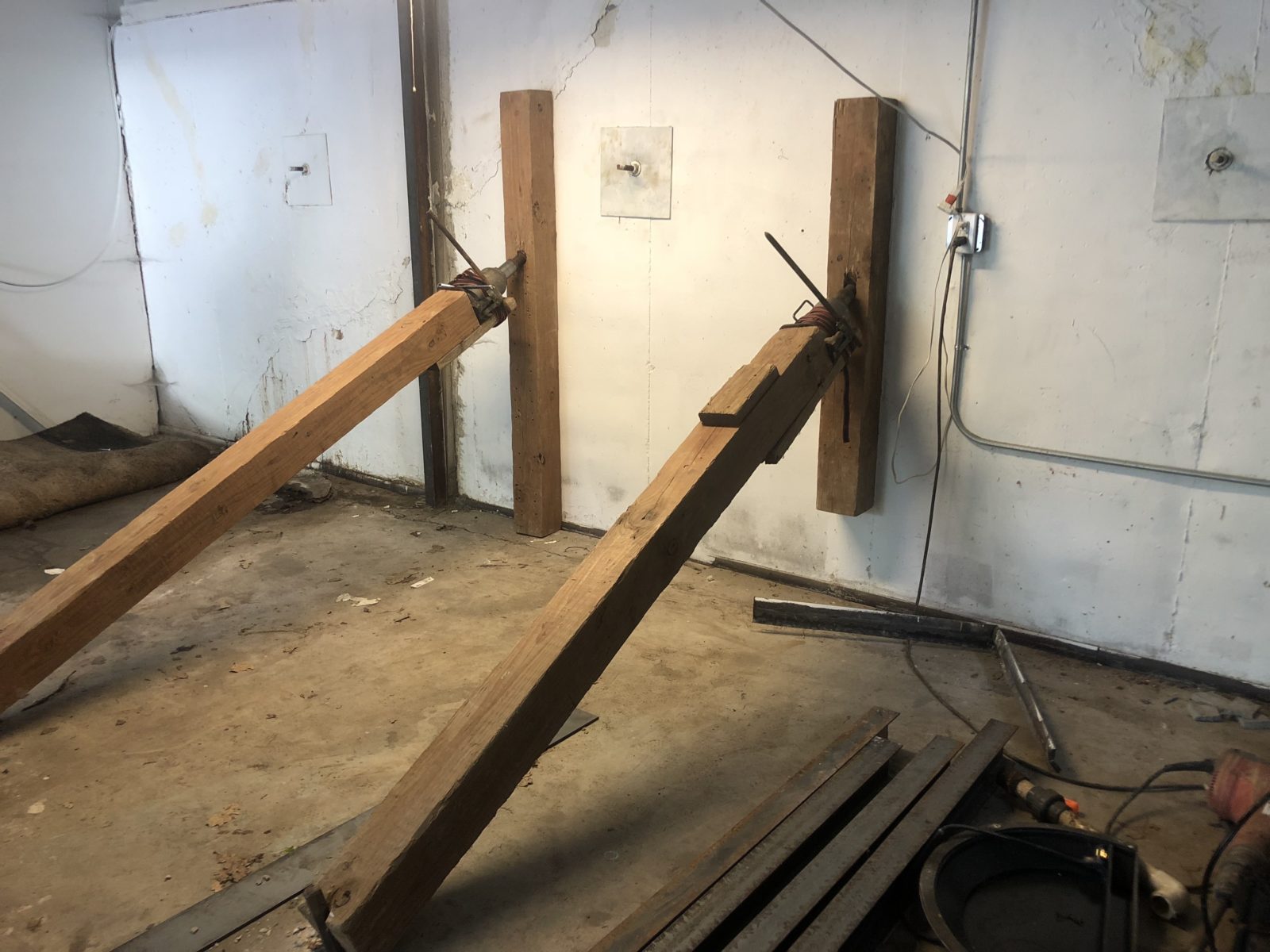
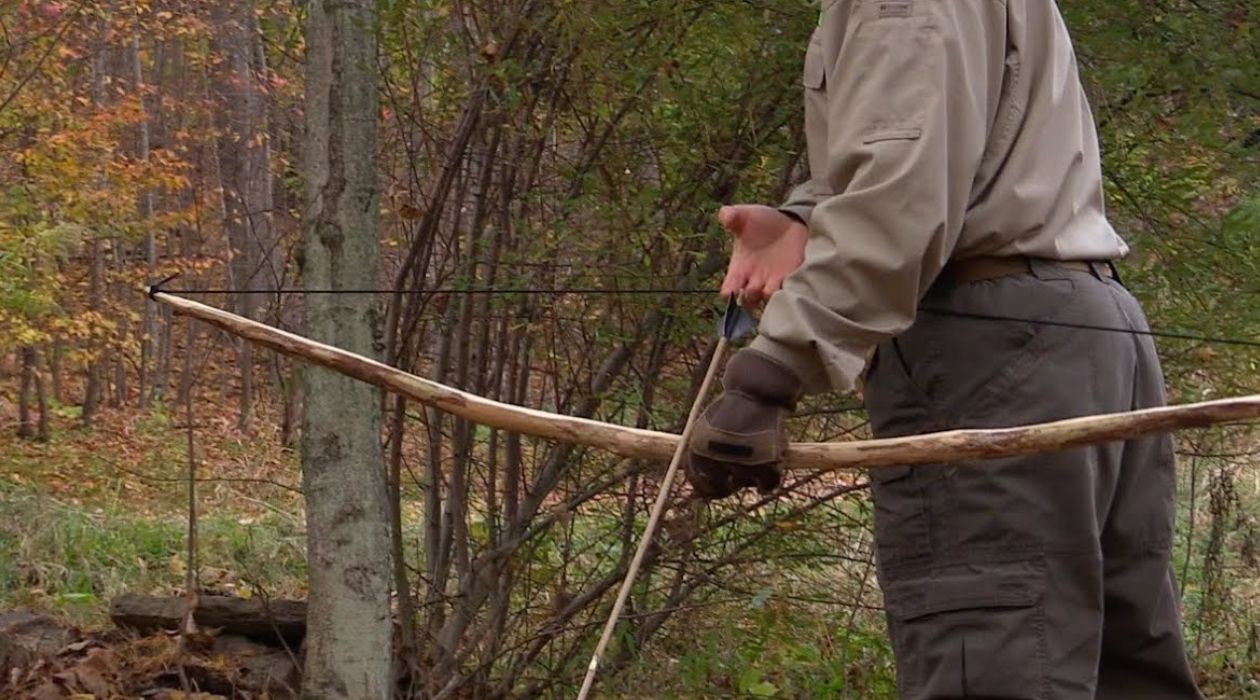
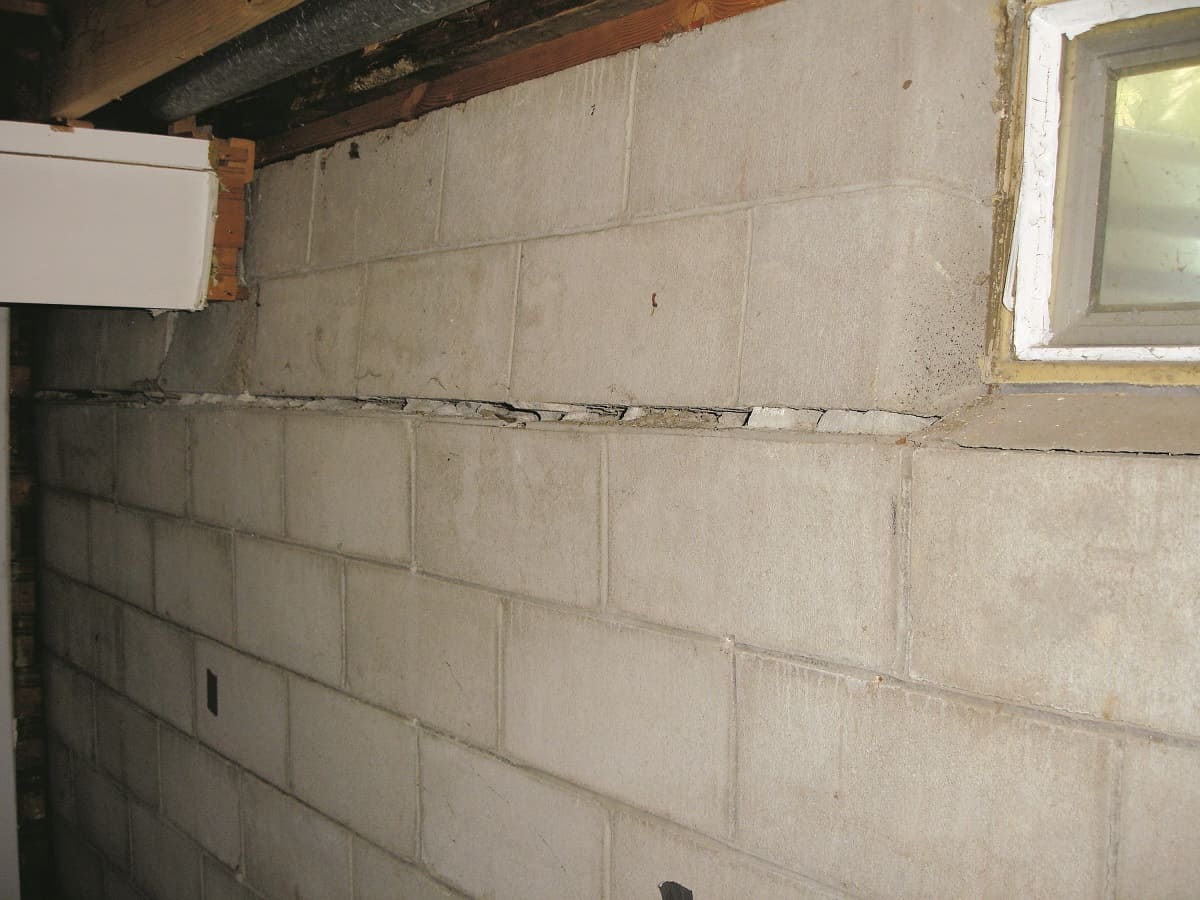

0 thoughts on “How To Store Bow”